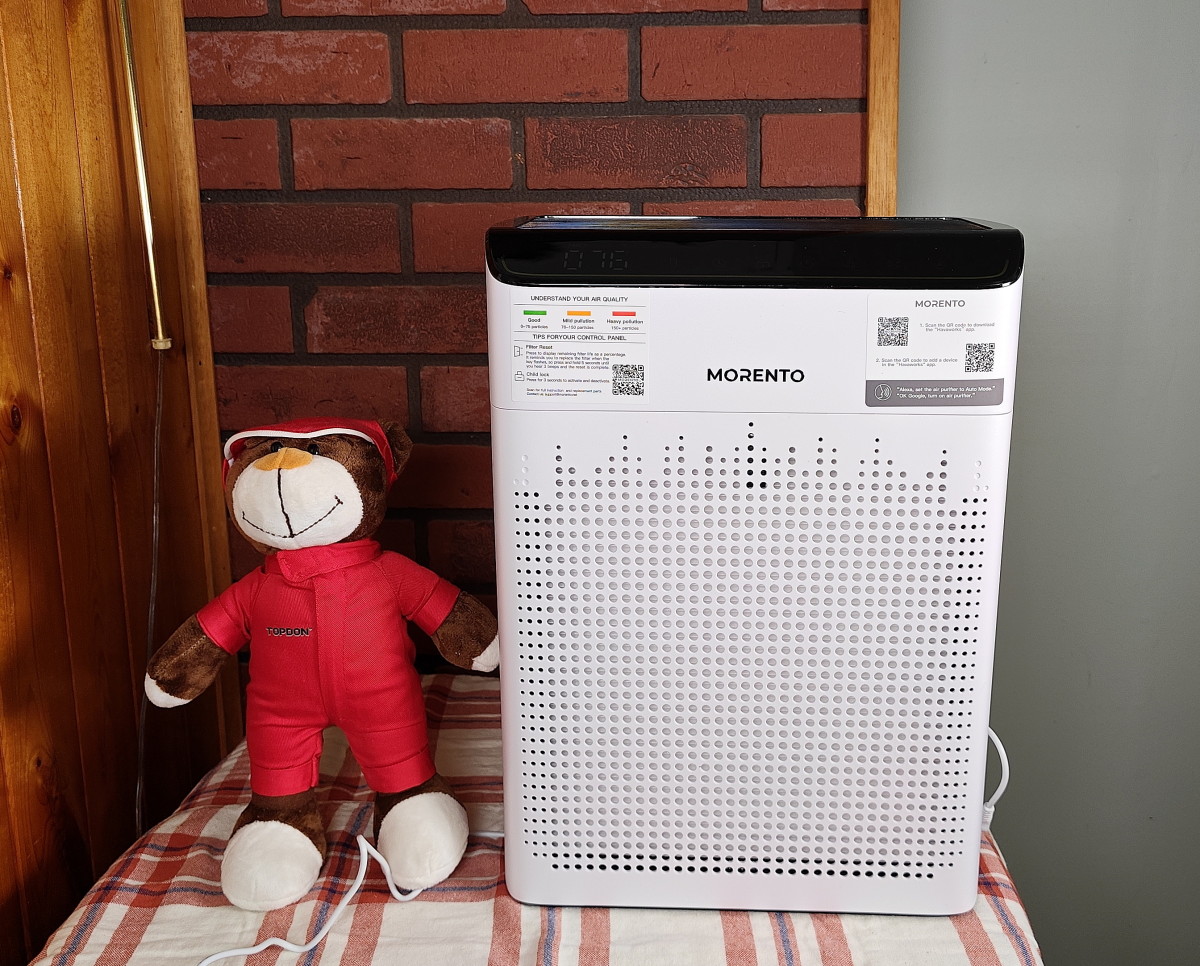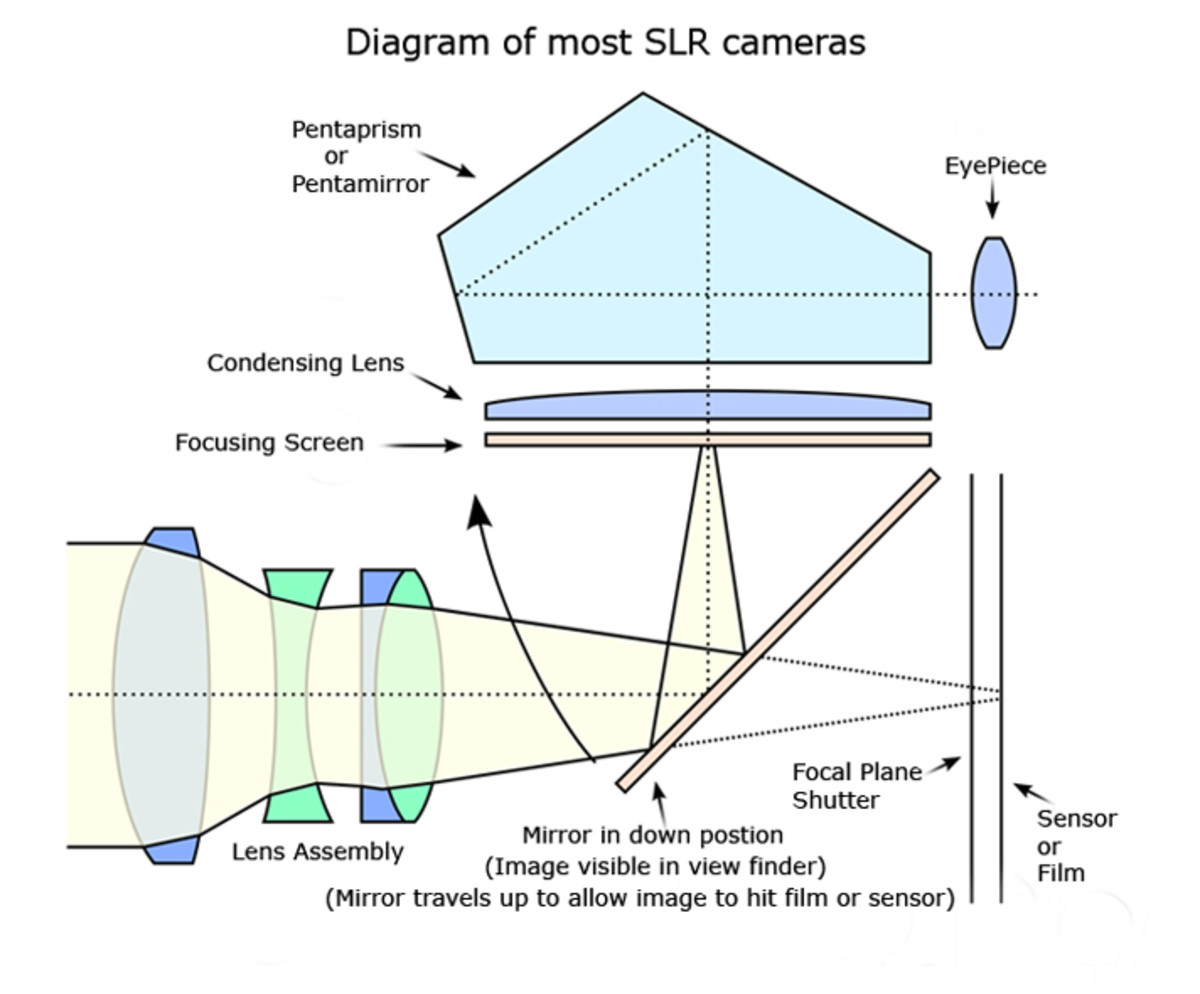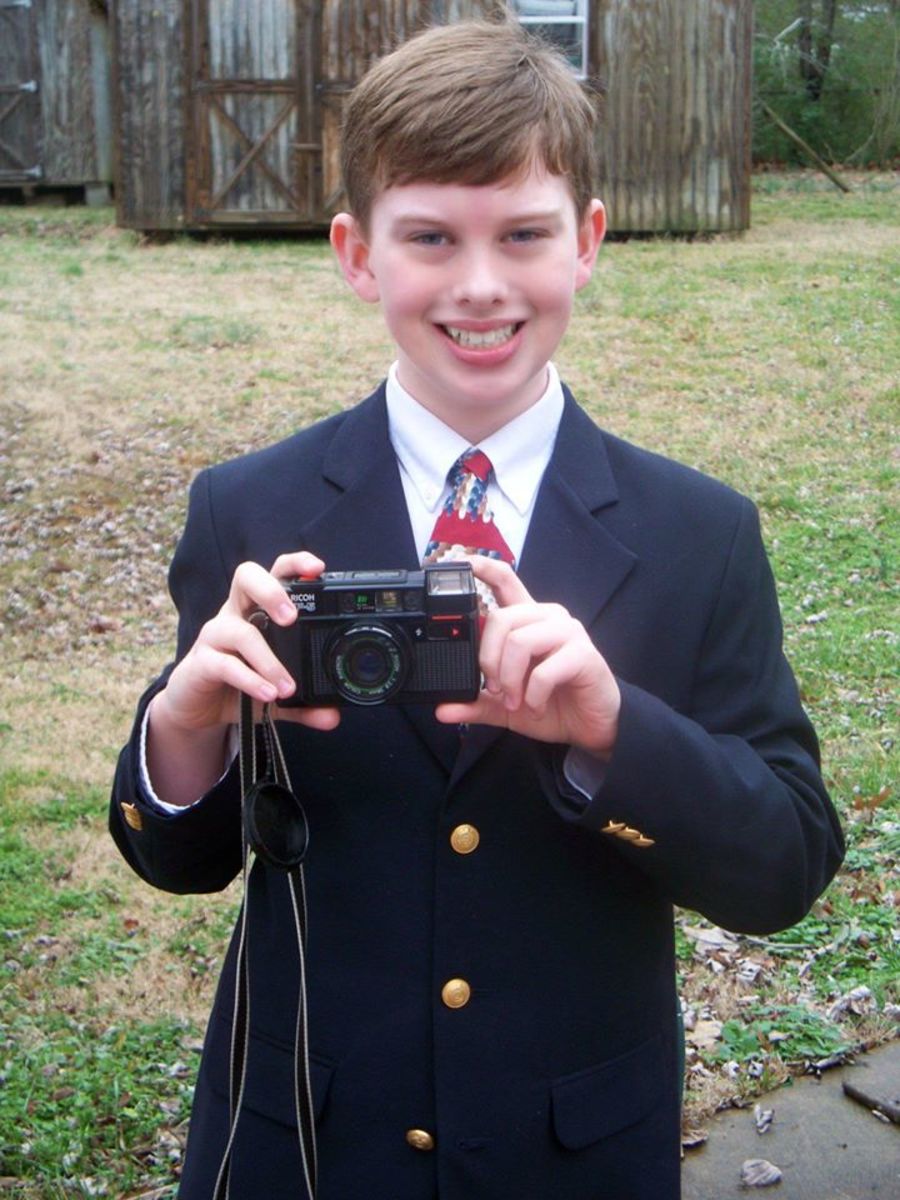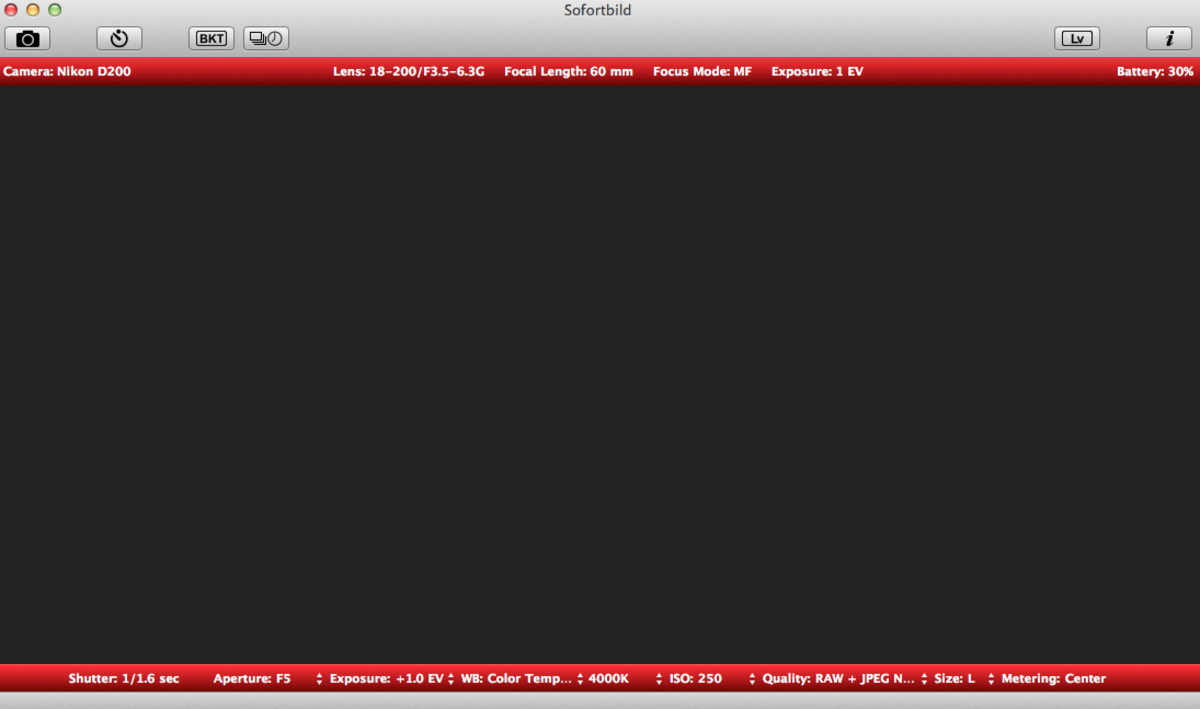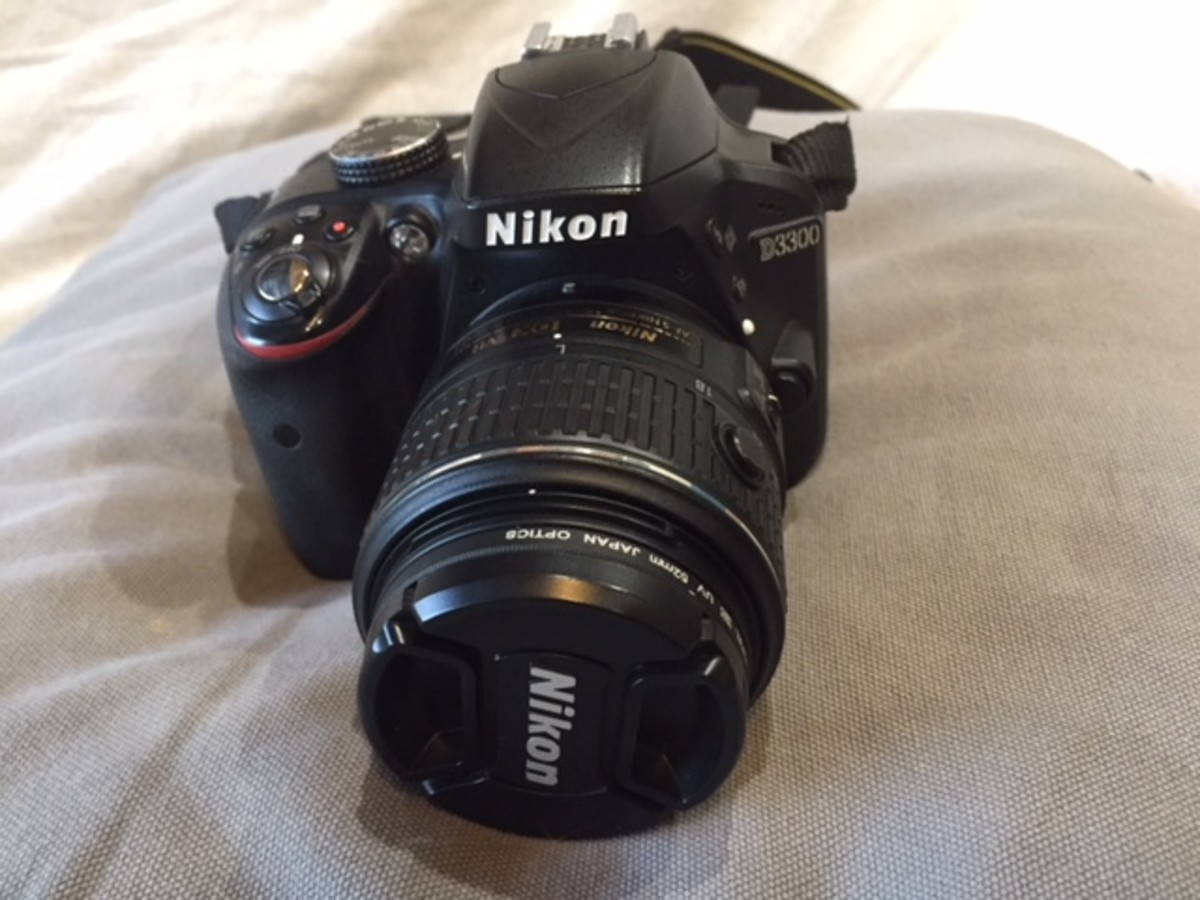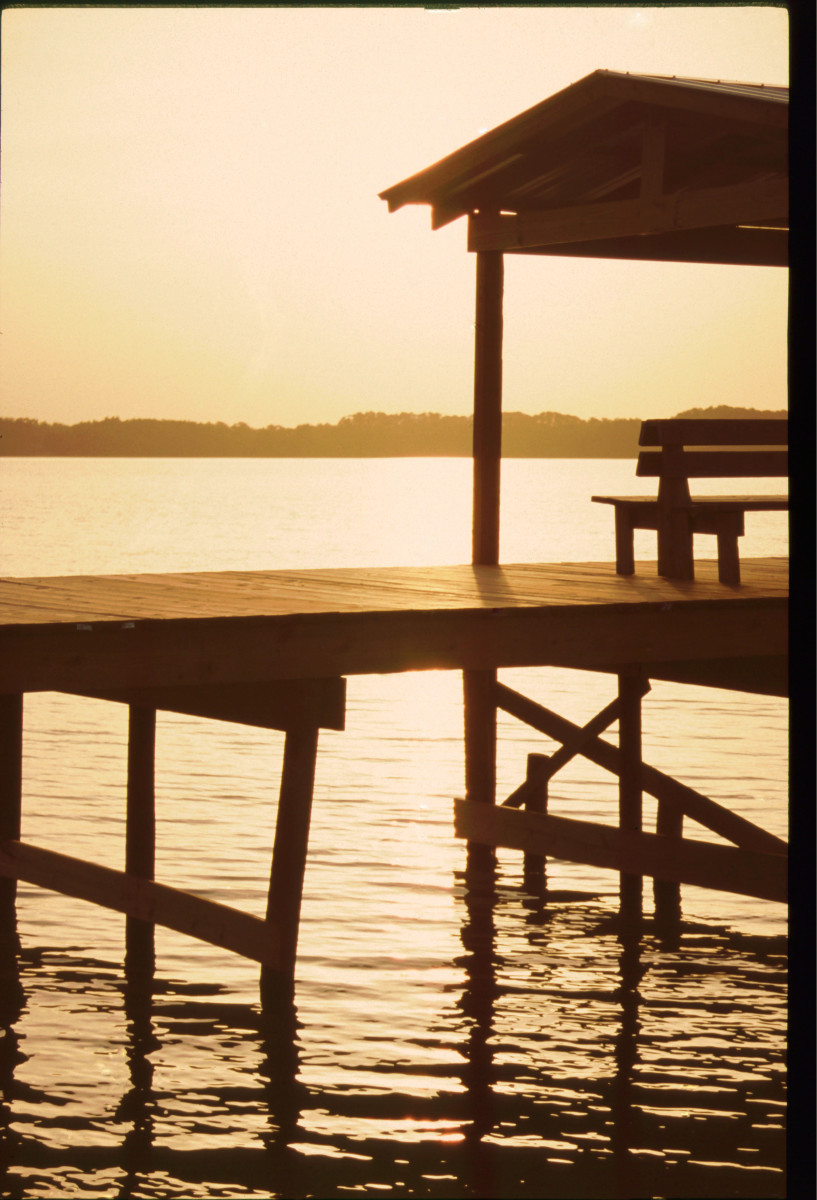- HubPages»
- Arts and Design»
- Photography»
- Photography Instruction & How-Tos
Photo Filters for Point and Shoot Camera
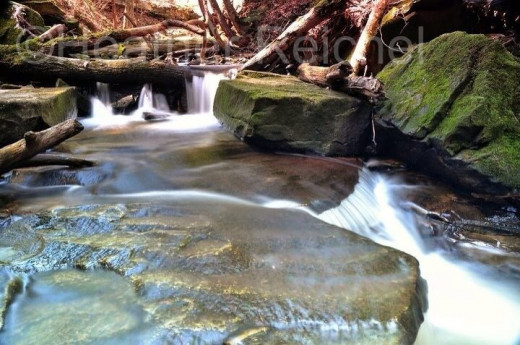
NO FILTER THREADS?!?!
Unlike SLR and DSLR cameras with the interchangeable lenses, most point and shoot and "super zoom" cameras are not equipped with the threads on the end of the lens to attach a filter. This is partially because the lens often stores inside the camera itself, or because it is not seen as a necessary option for many who use that style of camera.
But there is that point... the point that you have just figured out how to use the manual settings on your camera and started reading on the internet how to do other types of photographs. This is the point you when you realize that certain effects and certain styles of photos are nearly impossible to take without the aid of a filter.
If taking the leap to the next level is not in the budget, here is a rather simple way you can stretch out the use of your point and shoot and still get into the creative photo taking that you want to do..
Time for a decision
Now there are several different ways to accomplish adding a filter to a point and shoot camera. Now is the time to make a decision and there are several factors that could affect which way is best to proceed...
- Are you happy with your compact camera, but just want to expand it's capabilities? Then you might want to go with option #1
- Are you dead set on purchasing a DSLR and moving to the next level when it is in the budget? If so you may want to go to option #2
- Are you not only planning to move up to a DSLR, but also have the make, model and lenses picked out? Then head over to option # 3
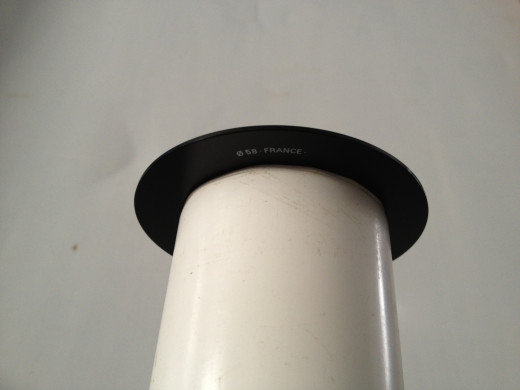
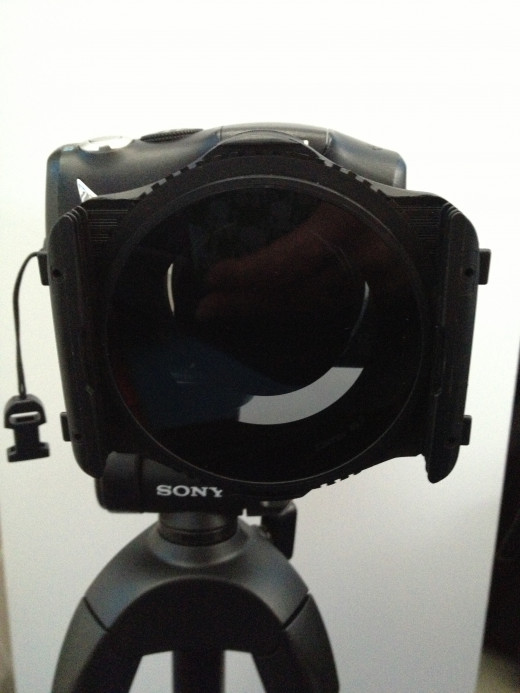
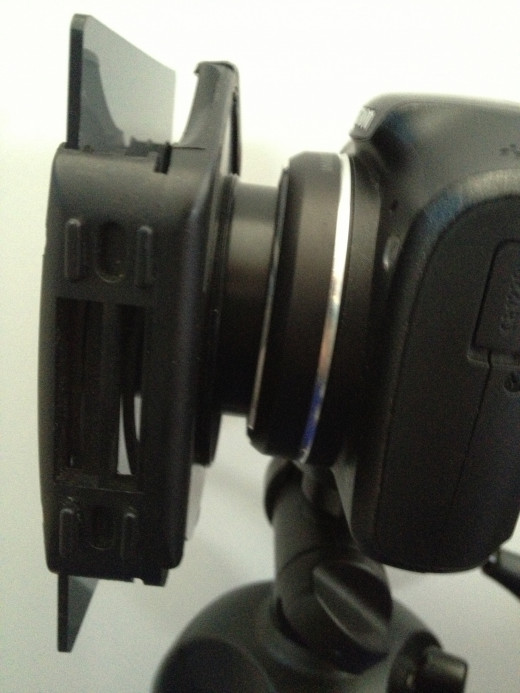
Options
- So you are happy with your camera, but just want to do push it's limits this may be the option for you. My point and shoot was a Canon PowerShot SX130IS and many of the Canons will have a similar style. There are some awesome pre made filter holders for compact cameras, one of my favorites is by Cokin and has a magnetic filter holder that allows you to use their A filters. But alas, it was not deep enough for my Canon and it interfered with the zoom extension of my lens. So I got creative. I determined that a 49mm filter was more than enough to cover my lens and leave some breathing room. You may have to do a little internet research to find the best size for you to use. Going on Amazon I found some inexpensive step up/step down rings and purchased several sizes that would work for 49mm filters... (Don't get crazy here... You only really need one, you are just looking for the right size for your project) with your rings in hand- head to your local home improvement store's plumbing aisle. You are looking for a short length of PVC that you can glue one of your rings to. This will be your "base" and now you can add the filters you desire to use. Now you can skip the PVC pipe, and just hold the filers in front of your lens... I did that for a while, but admittedly I am lazy so I looked for a different option.
- If you know you will move up to a DSLR but are still on the wire as to which one, this maybe a good option for you. Instead of going with the above instructions and getting a smaller filter like a 49mm hop up to a 58mm and follow the same instructions as above in option #1. Chances are in your future DSLR set up, there will be at least one lens that will have that filter thread and you will already have some to use.
- *This is the option I used after I had already purchased a couple 49mm filters and realized I was going to outgrow the Canon way to quickly to waste money on it much longer.* So you are planning, saving and drooling over that DSLR you saw... You have the camera, the lenses, the bag and every accessory imaginable picked out and in the online "wish list" somewhere. If this is the case- buy for your future now. Filters are expensive, especially circular polarizers. My "wish" lens ranged from 77mm to 58mm and buying filters thread specific was not in my budget. I liked the idea of the square filter system so I bought a P filter holder and a 58mm adapter. This gave me enough depth to hang the filters off my camera lens (or hold it in place when aiming the camera down) and I did not waste any more money since I now own some of my "wish" list lenses. The only extra purchase was the adaptor ring for the 77 & 67mm threads.
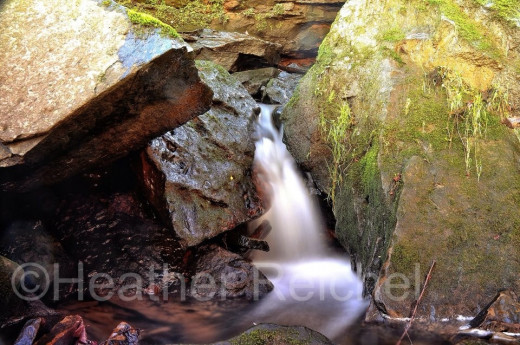
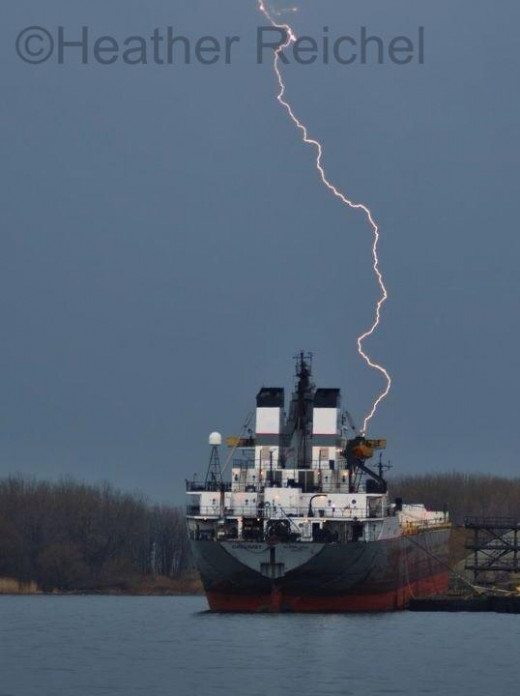
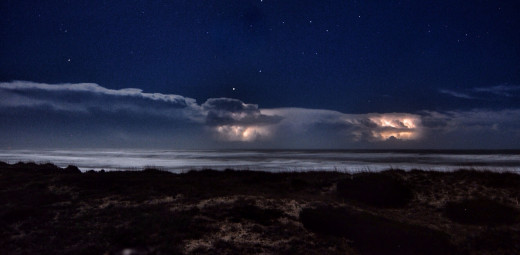
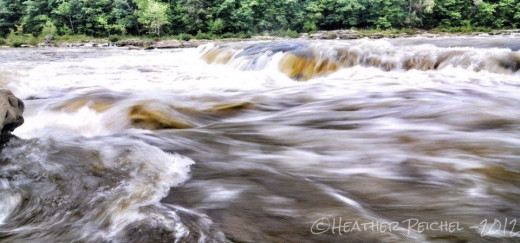
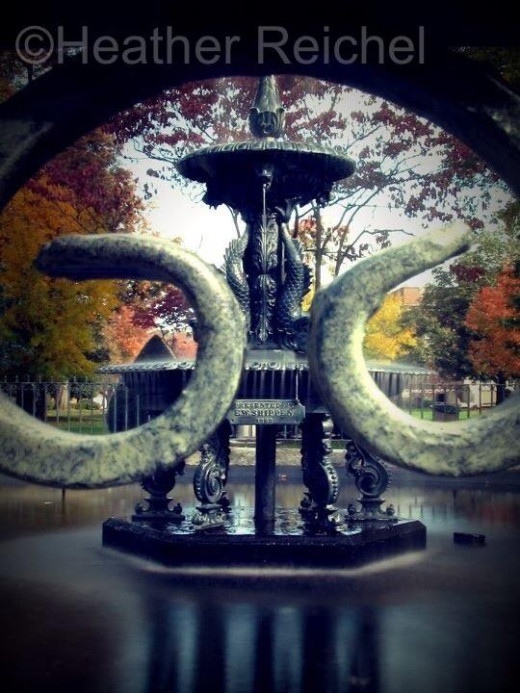
So why bother?
Most casual photographers will go blissfully through life with the compact camera or a DSLR with the entry level lens. Post processing programs have all but eliminated the need for adding filters to a digital camera. But there are certain filters that all the post processing in the world can not duplicate without hours of tweaking or extensive photoshop knowledge. Honestly I would much rather spend my time taking new photos then dealing with "almost" perfect ones.
A circular polarizer CP is one such filter, they will remove reflection from glass (auto glass or from a window), deepen the colors of landscape photos (requiring less post processing time), allow you to take photos without glare from water, and even allow you to grab a photo of a fish swimming in a calm stream.
Neutral Density ND filters are another type that may be needed while you are creating your shot. If you are like me and enjoy long exposure photography, then these filters in my humble opinion are a must. They essentially create artificial darkness and come in a variety of tints and graduations. I used them for primarily for softening flowing water which creates that "cotton candy" effect... Something I was unable to do with my point and shoot without the aid of filters. (Or time consuming "painting" in a post process program- which I have no patience for) Often times I stack these filters and increase my f stop to allow my shutter to stay open for 8+ seconds on a bright summer day. I also have a fondness for lightening shots, and although I could wait for the perfect night time storm to roll through, I usually find that the summer afternoon storms can be especially active with violent lightning. You could sit there with your finger on the shutter button and pray you get a "lucky" shot or you can use a longer shutter (up to 30 secs on my Canon) and fool your camera with some adjustments to your settings, into thinking it is night time. This gives you the best chance of catching lightning, as well as possibly several strikes within the same frame. You can always bump up the exposure later to improve a dark photo, but a "washed out" photo is basically ruined.
I carry ND2, ND4, ND8 and graduated versions of all of the above as well as my circular polarizer and although I do not use them for every shot or even every day, when I do spy that perfect little rippling stream, waterfall, wet city street, or awesome classic car - I know I am ready for the shot!
Until next time
As always thank you for reading and "May you always have a sea shell in your pocket and sand between your toes"
If you liked my Hub... Please check out some of my others
- $.06 iPhone tripod mount
For all the - Take your iPhone and camera safely to the beach
Lets face it- the salt water will win. Not only is it extremely corrosive on any exposed metal each splash is full of sand particles. Even if you stay out of the surf you risk the sand from even the slightest gust of wind. Now you can double bag... - How to make Acrylic Ice for Photography
In this tutorial I will show you how to make your own acrylic ice cubes for use in photography and video projects.


